10 food and beverage macro trends for 2022 from KeHE's experts
Food distributor and Certified B Corporation KeHE has looked at this year's consumer trends and upcoming innovations to predict the top 10 food themes for 2022.
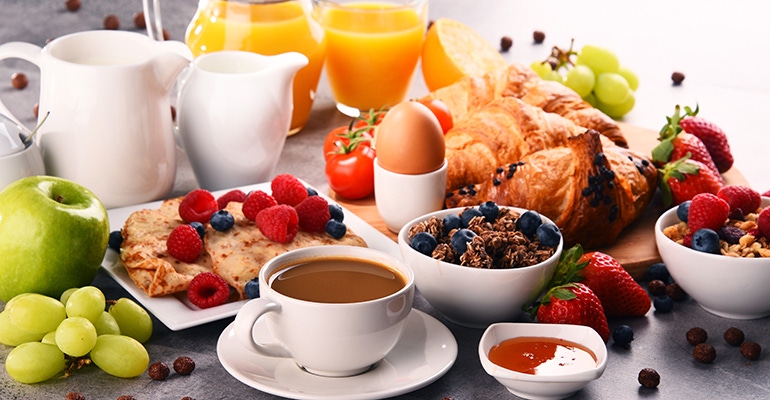
As we near the end of 2021, KeHE's trend gurus have examined major events in 2021 and determined their potential repercussions to determine the macro trends for the upcoming year. With this close eye on rising product innovation, consumer trends and industry shifts, the team offers their top themes for 2022.
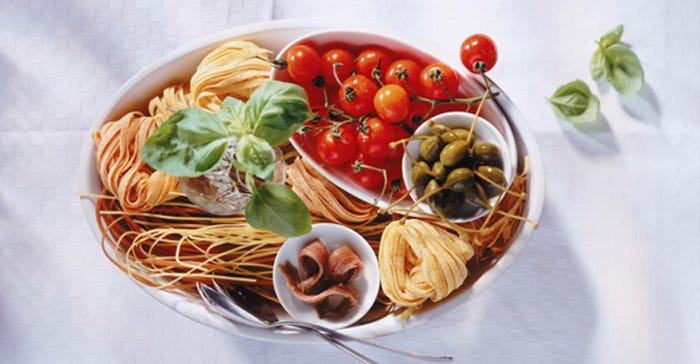
Food adventuring
While consumers find comfort in traditional and familiar flavors, unexpected and unique twists in taste are enticing more consumers. Cuisine exploration is on the rise as consumers look to travel the world through their tastebuds with newer trending flavors like yuzu, hibiscus, ube and tzatziki.
As restaurant restrictions eased this past year and consumers looked to explore cultural diversity, it is a good time for brands to share authentic cuisine from around the world. While Mexican, Italian and Chinese cuisines dominate as the most popular international cuisine types, younger generations such Gen Z (those born since approximately 1997) are driving consumption of African and Mediterranean cuisines and bridging the gap of mainstream and emerging international dishes.
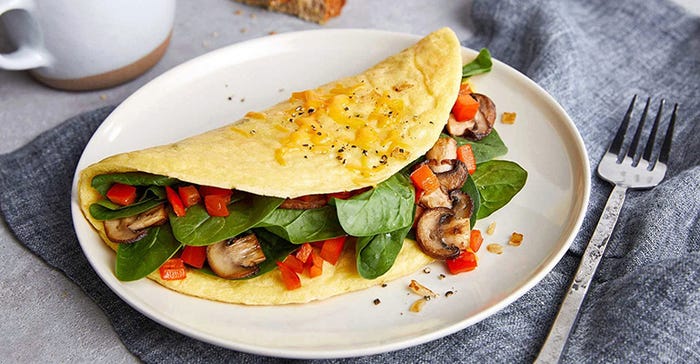
Food tech boom
In recent years, demand for plant-based meats and sugar substitutes has increased. However, those mainstream substitutes and meat alternatives are not cutting it. Consumers are also demanding simpler and real ingredients from brands. In the next year, KeHE experts predict the continued rise of plant-based varieties such as ready-to-eat meats and alternatives for eggs, an increase in demand for allulose as a sugar replacement, and new categories utilizing food technology.

Sober curious
"Sober-curious" or "mindful drinkers" are KeHE coined terms referring to those who are abstaining or selecting alcohol-free options. The rise of this trend stems from the cultural dominance of mindfulness, legalization of alternatives to alcohol, deepening health and wellness understandings, along with shifting spaces of consumption and ways of socialization. In fact, 31% of adults over the age of 22 consumed an alcoholic beverage less than once per month or not at all over the last three months, according to marketing analysis firm Mintel. A large driver of the trend is Gen Z, with 24% saying they do not drink alcohol often or at all when dining out because of health reasons.

Dual purpose
These days, consumers are looking for more than good taste from the foods they eat. Specifically, shoppers have become increasingly concerned about how their food purchases impact the environment. They are looking for upcycled, zero waste, reduced carbon footprints and water conservation practices in the products they purchase. While still emerging as a trend, consumers are also looking at farming practices such as regenerative agriculture—the practice of increasing soil biodiversity and organic matter, leading to more resilient soil that can better withstand climate change impacts without the need for synthetic fertilizers and/or pesticides.
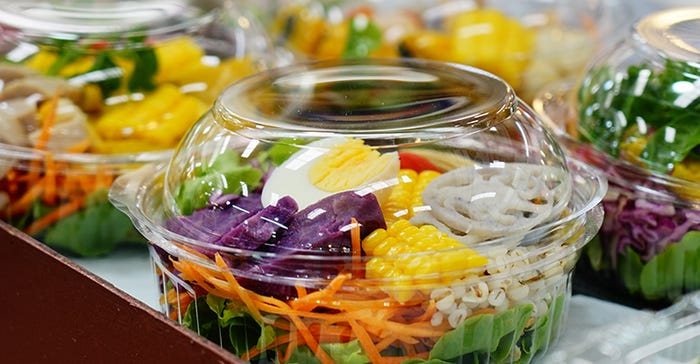
Convenience continues
The pandemic restrictions to stay at home have had a long-term effect on some consumers and their eating habits. Of U.S. consumers who cooked using convenience foods and followed set meal routines more often due to the pandemic, 53% plan to maintain these habits. As a result, they are looking for time-saving products and grab-and-go snacks. In addition, consumers are expected to seek out quality ingredient and chef-inspired frozen meals, home delivery meals, and refrigerated appetizers and entrees for quick lunches or dinners to be made at home or away from home.

Blurring diet lines
Sparked by habits adopted during the pandemic, consumers are seeking to be more proactive with their health while remaining flexible in their diets. This has led to the trend of picking and choosing from diet fads and customizing them to the consumer's personal need. Shoppers are no longer following strict diets, rather they are cherry-picking what best suits their bodies: choosing to eat more of a flexitarian diet with less meat and more plants rather than committing to becoming a vegan or vegetarian, for example. This holds true for other popular diets such as Keto as well, choosing lower carb over low carb.

Permissible indulgence
Evolving their definition of what qualifies as a snack, consumers are increasingly seeking permissibly indulgent options. Shoppers are looking for guilt-free food indulgence by looking at ingredient and nutritional callouts that make an item feel both decadent and healthy. In fact, 69% of consumers say they want the best of both worlds, looking for snacks to balance health and taste.
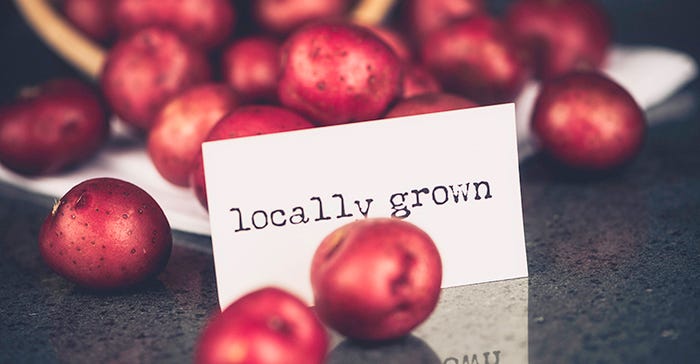
Growing your local community
The local movement is more than just food; it is a significant shift in why, where and how we consume. Currently, 65% of Americans try to buy from local companies when possible and 1 in 3 millennials say purchasing local is a top priority for them. The need for local products not only comes out of necessity, as certain products have not been available due to mass supply chain issues over the last two years, but also because more than ever, shoppers are looking to feel connected through their community. By adding local vendors and drawing attention to those products using signage and shelf tags, retailers can build a sense of unity and pride for their shoppers.
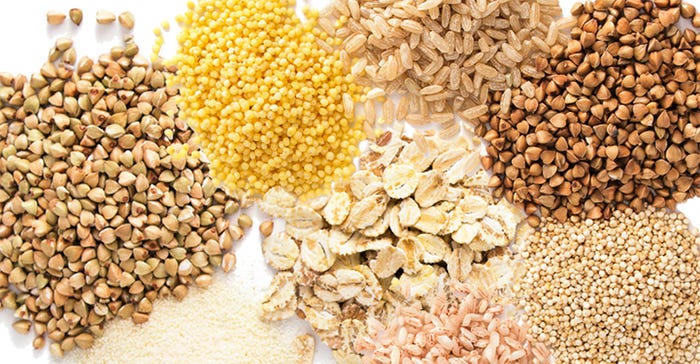
Getting grain-ular
As one of the healthiest grains on earth, with the combined power of wholesomeness and affordability, it is no surprise that oats are coming up on top. As we have oat milk grow in popularity over the last several years, consumers have sought oats as an alternative ingredient in other categories including frozen and refrigerated desserts, cheese, butter, spreads and even oat protein. While consumers are going oat-crazy, other grain innovation has entered the market. KeHE experts predict the rise of barley, hemp, pistachio and buckwheat as future grain and seed alternatives.

Functionality collab
Macroeconomic issues such as inflation, rising food prices and supply chain shortages have sparked a change in consumer behavior as they look to get the most out of food and beverages. One way is through functional attributes in everyday products. Ingredients that are found to be naturally beneficial or support immunity are now being found in new category segments: Mushrooms are continuing to expand in popularity as a functional ingredient, entering the beverage, coffee, creamer and snacking categories.
About the Author(s)
You May Also Like




